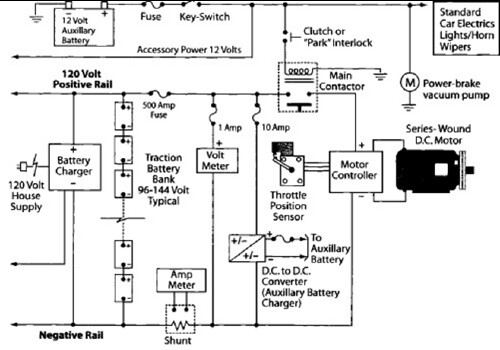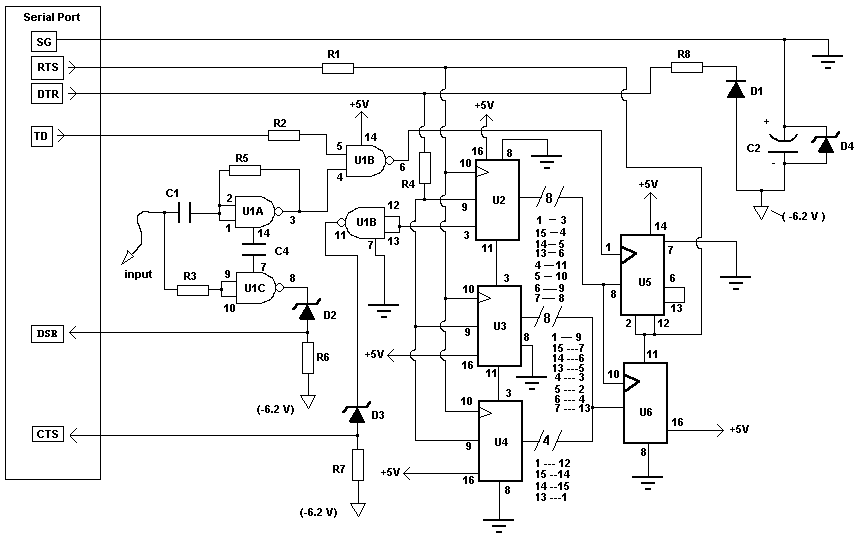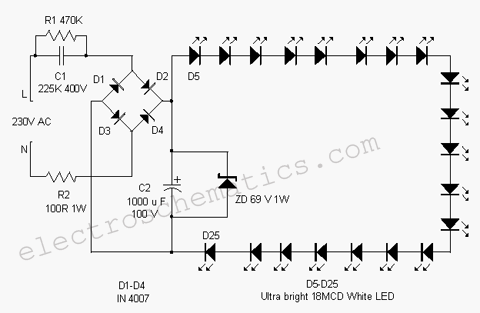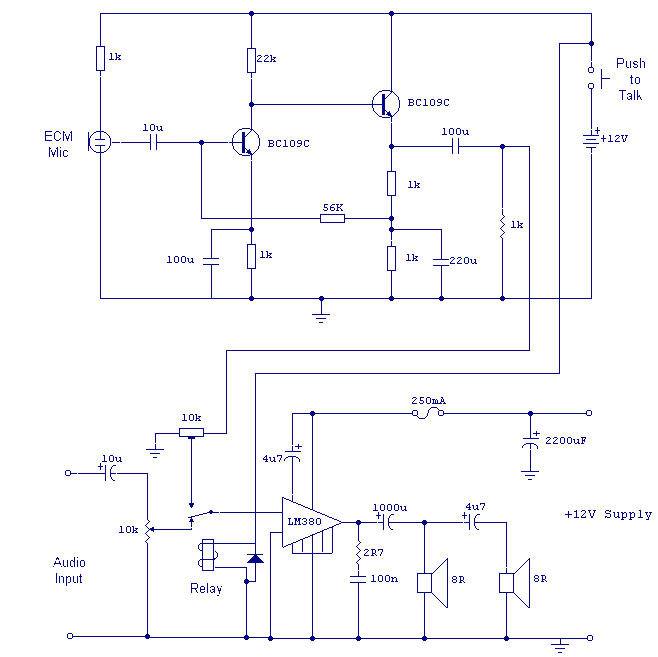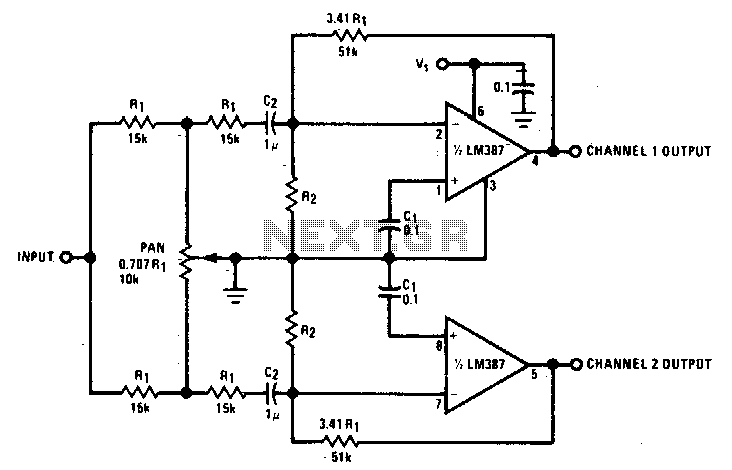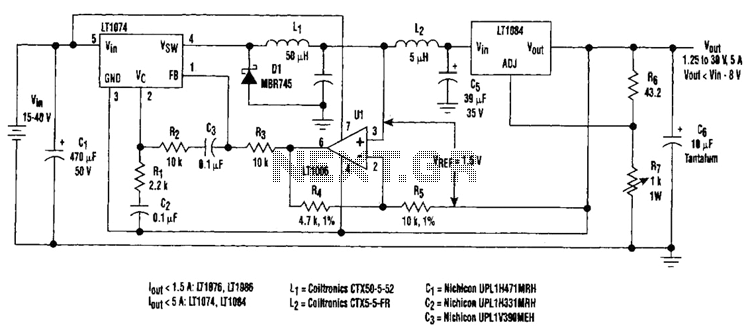
2Y-2Y-2Y-connected three-speed motor contactor control circuit
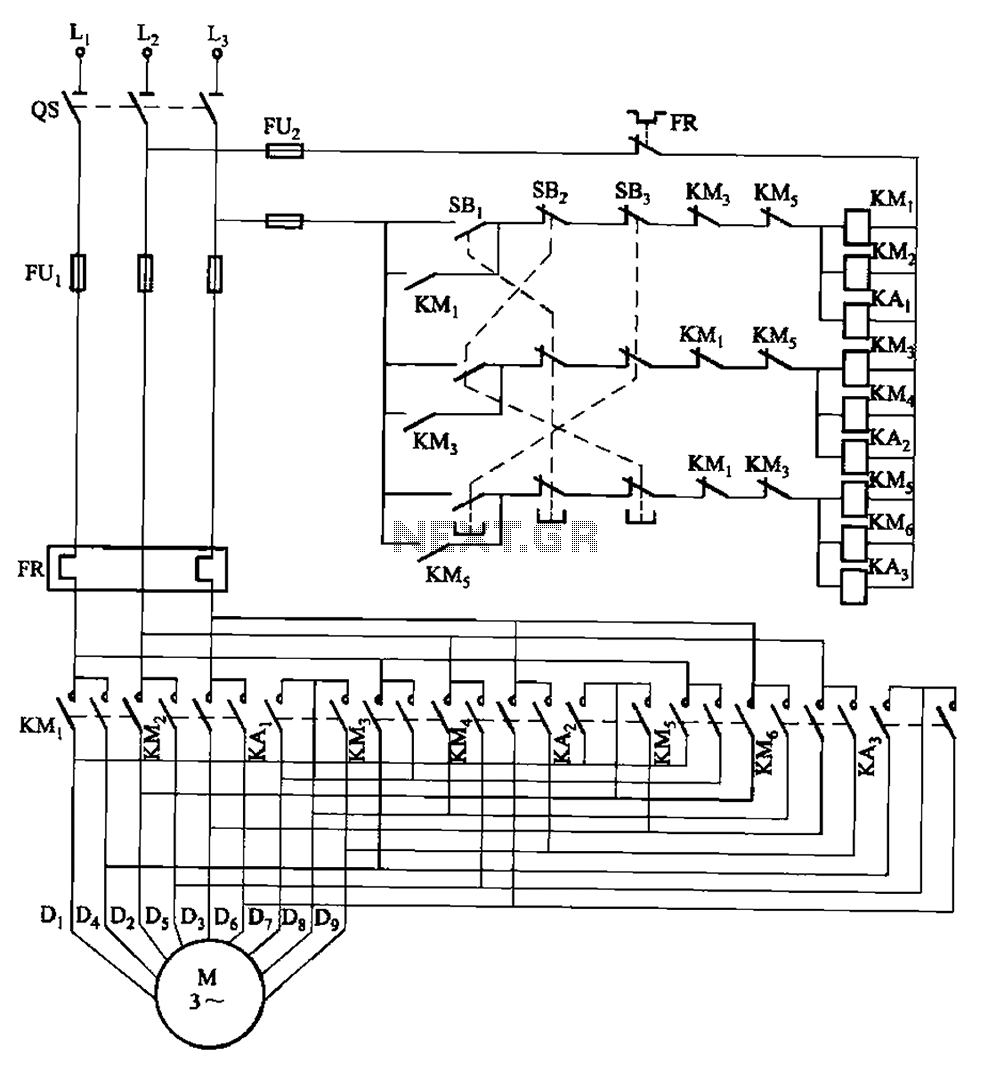
The circuit depicted in Figure 3-115 utilizes contactors and double buttons, allowing for speed conversion without the need to press the stop button. The buttons SBi, SBz, and SB3 correspond to high, medium, and low-speed operation, respectively.
This circuit design incorporates a series of contactors that facilitate the control of motor speed in an efficient manner. The use of double buttons enables seamless transitions between different speed settings without interrupting the motor's operation.
The SBi button initiates high-speed operation, engaging a specific contactor that connects the motor to the full supply voltage, thereby maximizing its performance. The SBz button is intended for medium-speed operation, which typically involves a resistor in series with the motor to limit current and reduce speed effectively. Lastly, the SB3 button activates low-speed operation, likely utilizing a different configuration of resistors or contactors to achieve the desired lower speed setting.
The circuit is designed to enhance user experience by eliminating the need to stop the motor before changing speeds, which can improve productivity and reduce wear on mechanical components. The careful arrangement of the contactors ensures that the motor receives the appropriate voltage and current for each speed setting, while also providing necessary protection against overload conditions.
Overall, this circuit exemplifies a practical and efficient approach to motor speed control, utilizing simple yet effective components to achieve desired operational flexibility. Circuit shown in Figure 3-115. It uses contactors and double buttons, so when converting speed without press stop press ugly, can be directly converted. SBi, SBz button and SB3 are high, medium and low speed operation button.
This circuit design incorporates a series of contactors that facilitate the control of motor speed in an efficient manner. The use of double buttons enables seamless transitions between different speed settings without interrupting the motor's operation.
The SBi button initiates high-speed operation, engaging a specific contactor that connects the motor to the full supply voltage, thereby maximizing its performance. The SBz button is intended for medium-speed operation, which typically involves a resistor in series with the motor to limit current and reduce speed effectively. Lastly, the SB3 button activates low-speed operation, likely utilizing a different configuration of resistors or contactors to achieve the desired lower speed setting.
The circuit is designed to enhance user experience by eliminating the need to stop the motor before changing speeds, which can improve productivity and reduce wear on mechanical components. The careful arrangement of the contactors ensures that the motor receives the appropriate voltage and current for each speed setting, while also providing necessary protection against overload conditions.
Overall, this circuit exemplifies a practical and efficient approach to motor speed control, utilizing simple yet effective components to achieve desired operational flexibility. Circuit shown in Figure 3-115. It uses contactors and double buttons, so when converting speed without press stop press ugly, can be directly converted. SBi, SBz button and SB3 are high, medium and low speed operation button.
